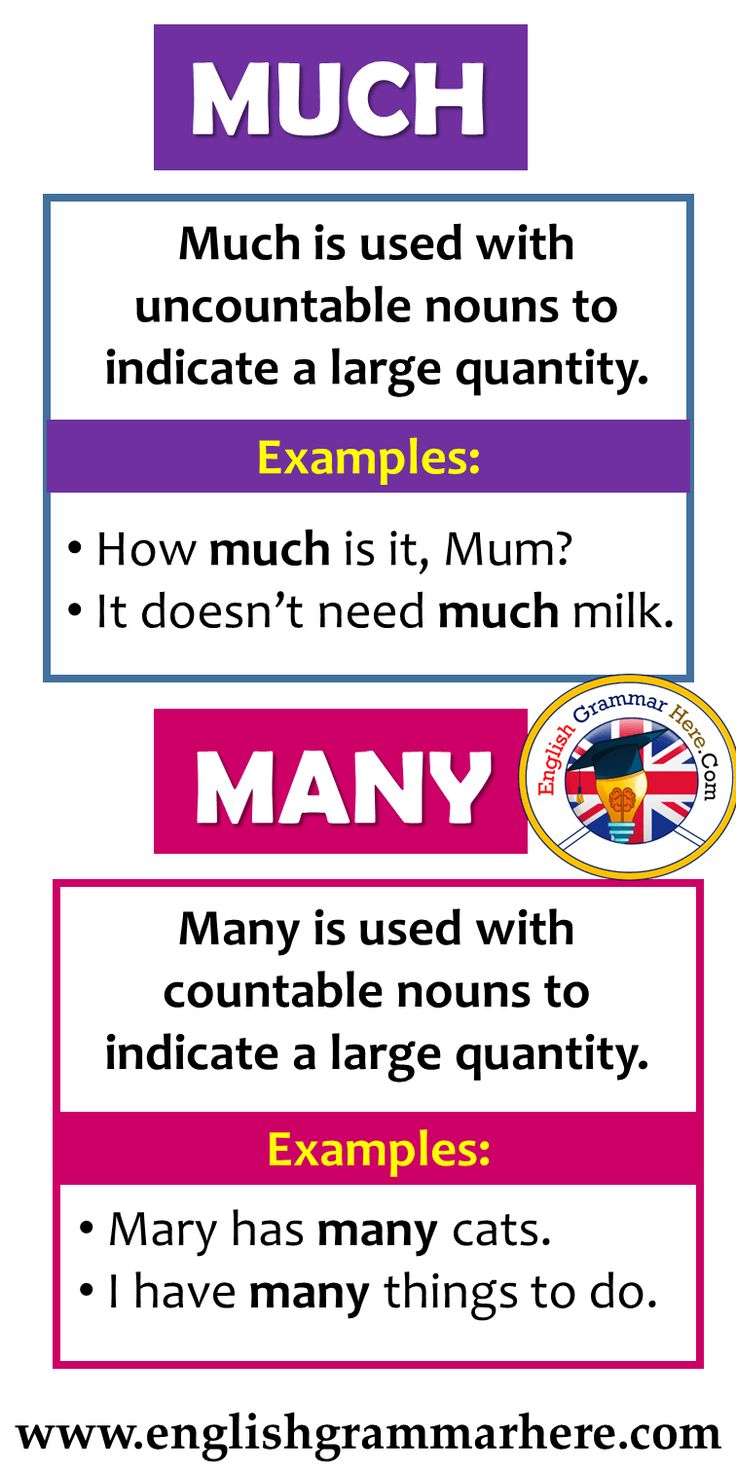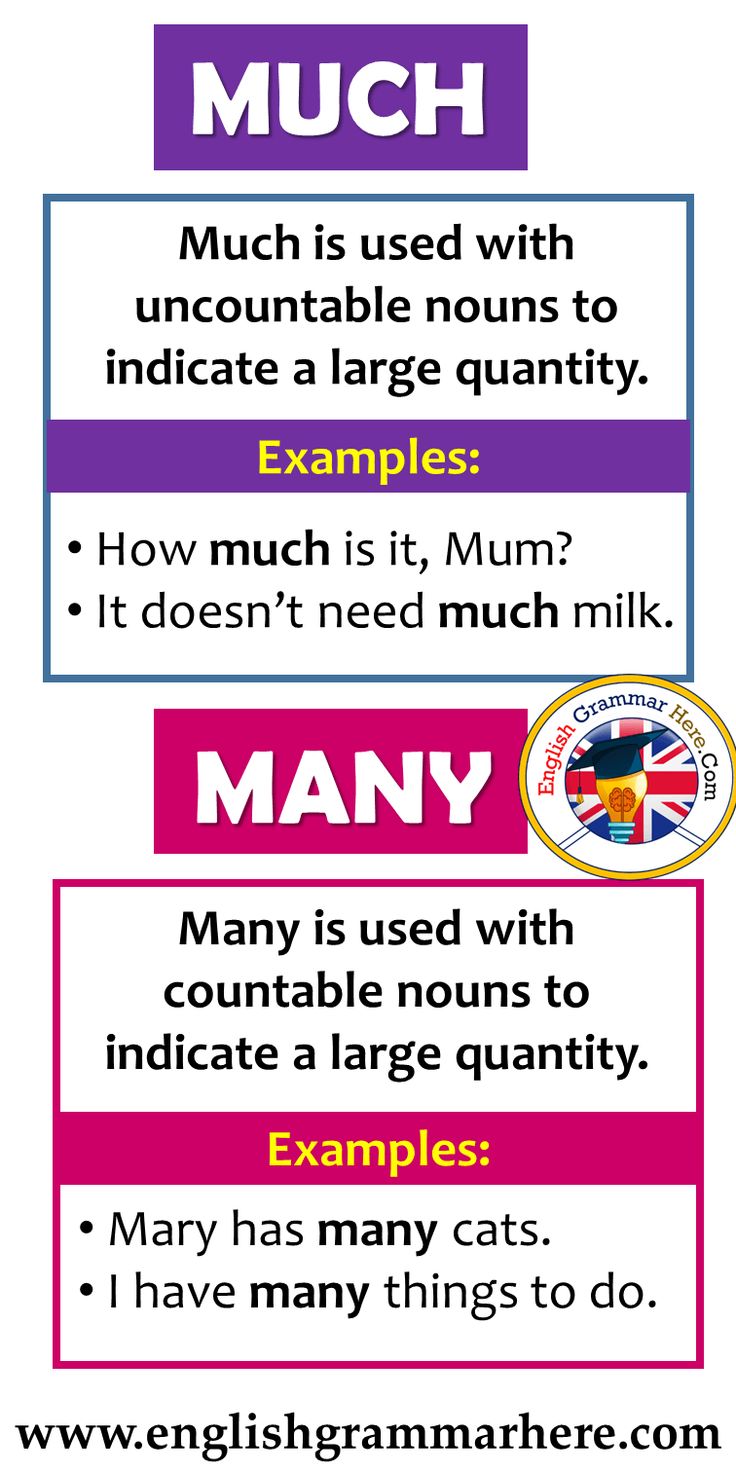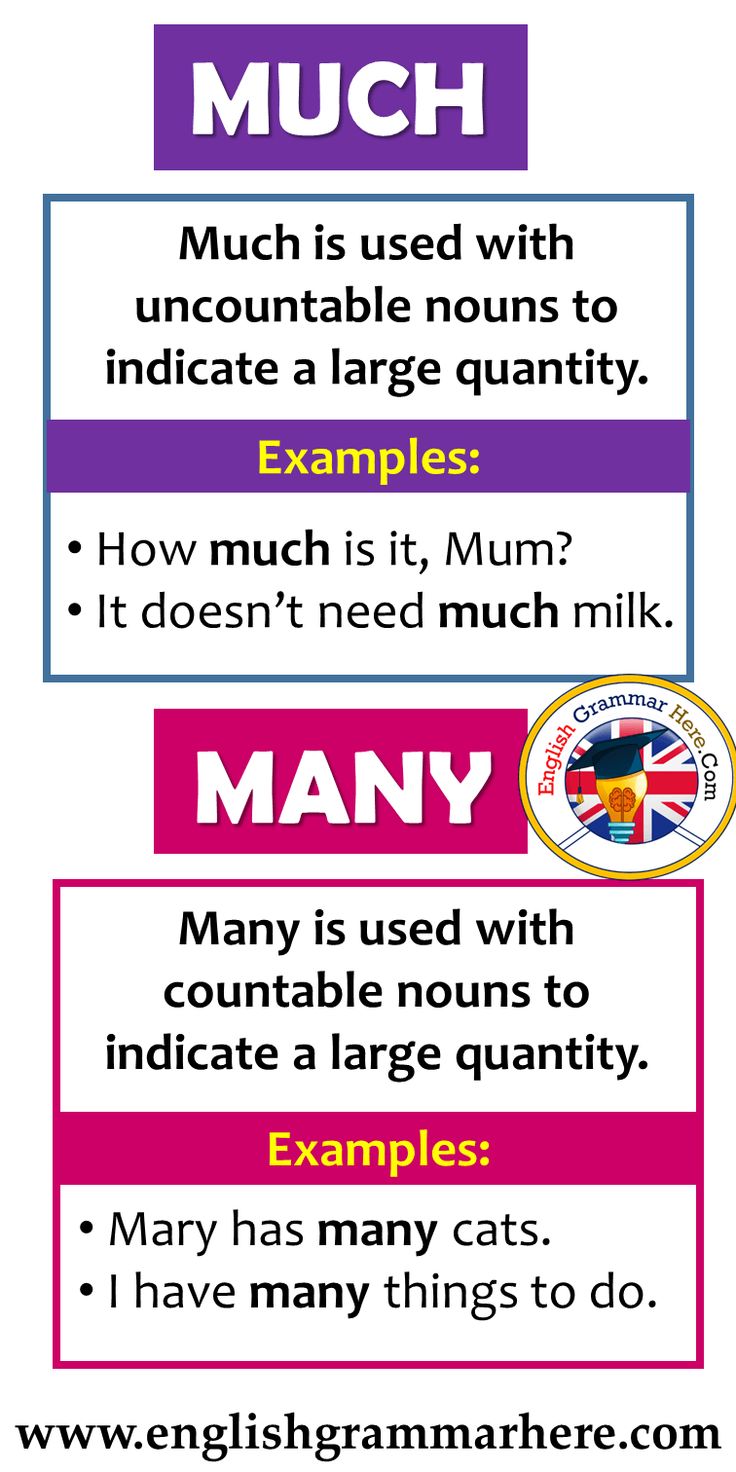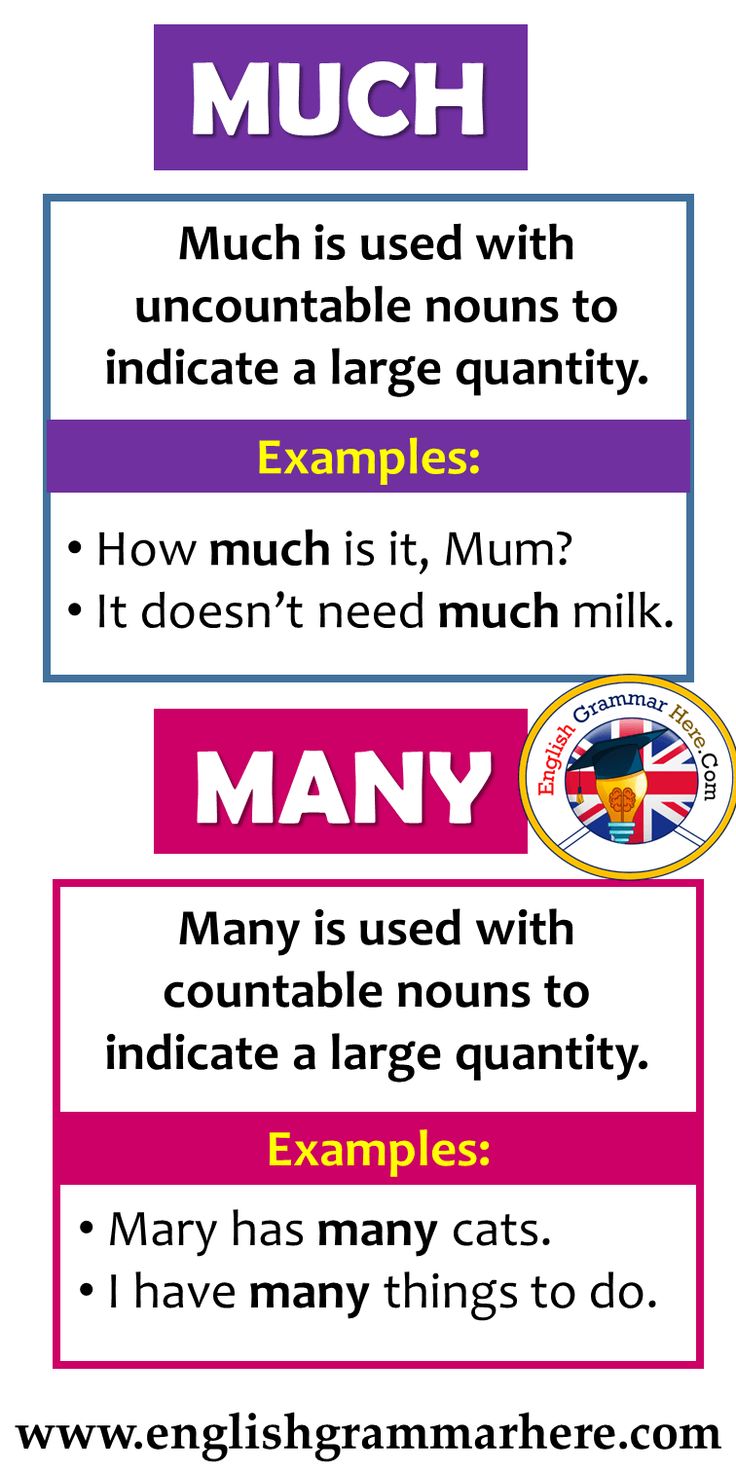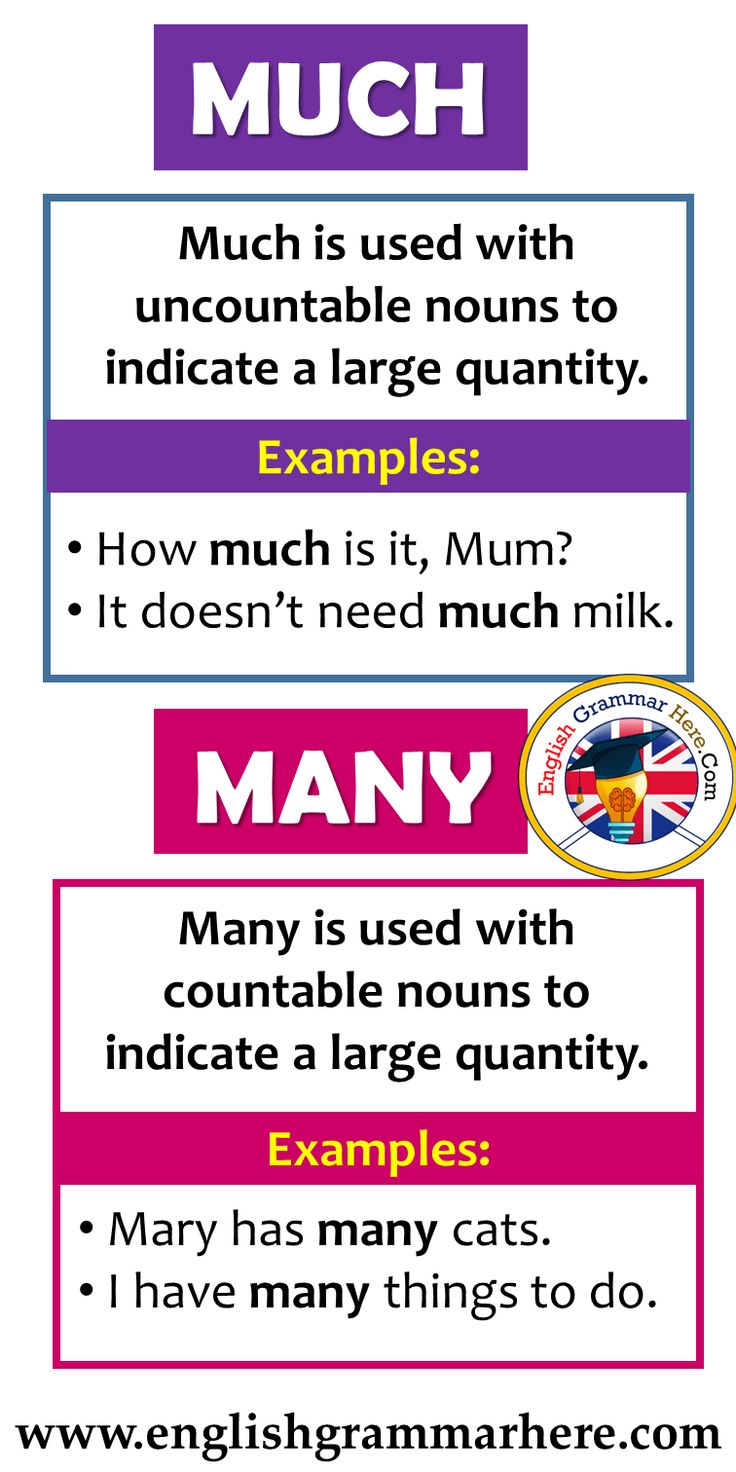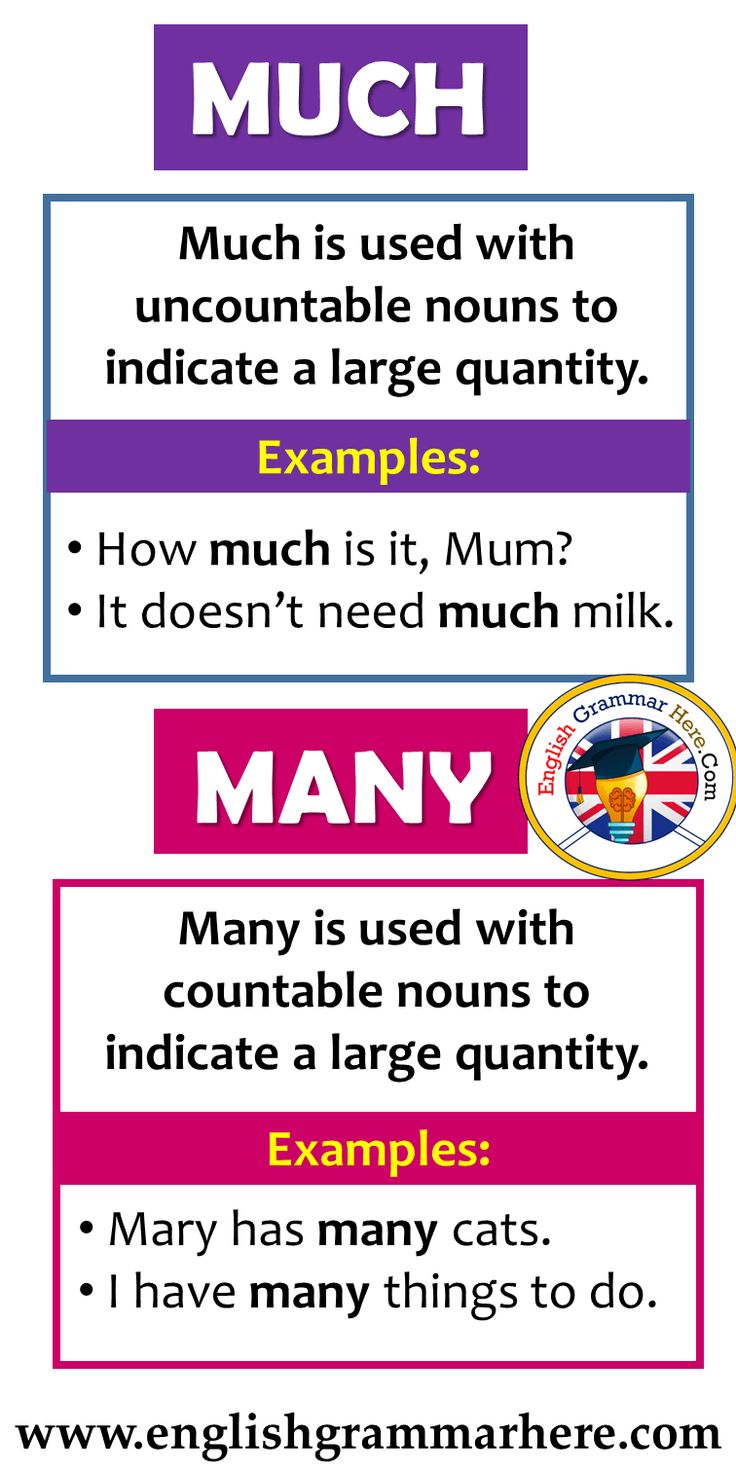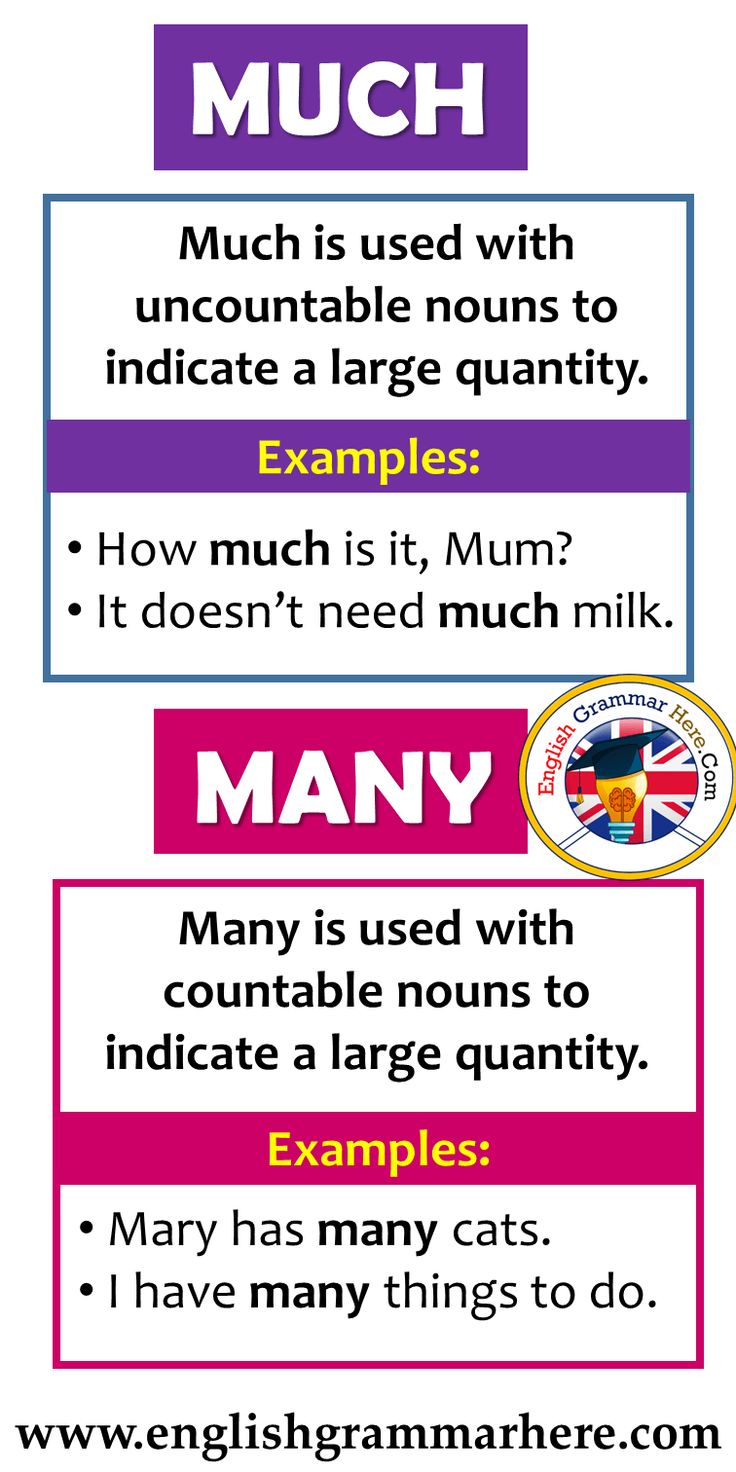How Much Oil 2008 Jeep Wrangler: A Comprehensive Guide
How Much Oil 2008 Jeep Wrangler: A Comprehensive Guide jeeps.truckstrend.com
The iconic Jeep Wrangler, especially the 2008 model year, is renowned for its rugged capability and adventurous spirit. Whether you’re navigating urban jungles or tackling challenging off-road trails, the health of your Wrangler’s engine is paramount. And at the heart of engine health lies its lifeblood: the engine oil. Understanding "how much oil" your 2008 Jeep Wrangler needs, along with the correct type and maintenance schedule, isn’t just about keeping it running; it’s about ensuring its longevity, optimizing performance, and preserving its legendary reliability.
This comprehensive guide will delve into every aspect of engine oil for your 2008 Jeep Wrangler, providing detailed information, practical advice, and actionable insights to help you maintain your vehicle like a pro.
How Much Oil 2008 Jeep Wrangler: A Comprehensive Guide
The Heart of the Matter: Engine and Oil Capacity
The 2008 Jeep Wrangler (JK generation) primarily came equipped with one engine option for the North American market: the 3.8-liter V6 engine. This robust powerplant was the workhorse for both the two-door Wrangler and the four-door Wrangler Unlimited models during that era. Knowing your specific engine is the first step to understanding its oil requirements.
For the 2008 Jeep Wrangler with the 3.8L V6 engine, the standard engine oil capacity is 6 quarts (approximately 5.7 liters). This capacity includes the amount of oil needed to fill a new oil filter during an oil change. It’s crucial to always refer to your vehicle’s owner’s manual for the most accurate and up-to-date specifications, as minor variations can occur.
Choosing the Right Lubricant: Oil Type and Viscosity
Simply knowing the quantity isn’t enough; using the correct type and viscosity of oil is equally critical. Engine oil isn’t just a lubricant; it cools, cleans, seals, and protects engine components from wear.
Recommended Viscosity (Weight)
For the 2008 Jeep Wrangler’s 3.8L V6 engine, Chrysler (Jeep’s parent company) primarily recommended SAE 5W-20 engine oil.
- "5W" indicates the oil’s viscosity (thickness) at cold temperatures (the "W" stands for winter). A lower number means the oil is thinner when cold, allowing for easier starting and better lubrication during cold starts.
- "20" indicates the oil’s viscosity at operating temperature (hot). A lower number means the oil is thinner when hot, which can reduce internal friction and improve fuel economy.

Using the recommended 5W-20 helps ensure proper lubrication across a wide range of operating temperatures, from cold starts to sustained highway driving, and contributes to optimal fuel efficiency and engine protection.
API Service Classification

Beyond viscosity, engine oils are rated by the American Petroleum Institute (API) based on their performance characteristics. For your 2008 Wrangler, you should look for oils that meet or exceed the API service classification API SM, SN, or SP. These classifications indicate the oil’s ability to protect against engine wear, sludge formation, and emissions system blocking. Newer classifications (like SN or SP) supersede older ones (like SM) and generally offer superior protection.
Conventional vs. Synthetic vs. Blend
- Conventional Oil: Derived from crude oil, it’s the traditional choice. It’s more affordable but offers less protection and shorter change intervals compared to synthetics.
- Full Synthetic Oil: Engineered in laboratories, synthetic oils offer superior lubrication, better resistance to temperature extremes, and longer oil change intervals. They flow better in cold weather and maintain viscosity better at high temperatures, offering enhanced engine protection. While more expensive, they can be a wise investment for engine longevity, especially for a vehicle like a Wrangler that might experience varied driving conditions.
- Synthetic Blend Oil: A mix of conventional and synthetic oils, offering a balance of performance and cost.

While conventional 5W-20 was the standard recommendation for the 2008 model, upgrading to a full synthetic 5W-20 can provide significant benefits in terms of engine protection, especially if you engage in demanding driving, off-roading, or live in extreme climates.
The Regular Check-Up: Monitoring Your Oil Level
Knowing the capacity and type of oil is crucial, but regularly checking your oil level is just as important. It allows you to catch potential issues like leaks or consumption before they lead to serious engine damage.
Why Regular Checks Are Crucial
- Prevent Engine Damage: Low oil levels can lead to increased friction, overheating, and catastrophic engine failure.
- Identify Leaks: A consistently low oil level between changes can signal an oil leak that needs addressing.
- Monitor Consumption: Some engines naturally consume a small amount of oil; regular checks help you understand your engine’s specific consumption rate.
Step-by-Step Guide to Checking Oil
- Park on Level Ground: Ensure your Jeep is on a flat surface to get an accurate reading.
- Engine Off and Cool: For the most accurate reading, check the oil when the engine has been off for at least 10-15 minutes (or cold). This allows all the oil to drain back into the oil pan. If checking after driving, wait a bit longer.
- Locate the Dipstick: On the 3.8L V6, the oil dipstick is typically yellow or orange and easily accessible on the passenger side of the engine.
- Remove and Wipe: Pull the dipstick out completely and wipe it clean with a lint-free cloth or paper towel.
- Reinsert Fully: Push the dipstick back into its tube all the way until it seats properly.
- Remove and Read: Pull the dipstick out again and observe the oil level. There are usually two marks (dots, lines, or a cross-hatched area) indicating the safe operating range. The oil level should be between these two marks.
- Add Oil (If Needed): If the oil level is below the "add" or lower mark, you’ll need to add oil. Add a small amount (e.g., half a quart) at a time, wait a few minutes for it to drain, and recheck the level until it’s within the safe range. Do not overfill.
The Schedule: Oil Change Intervals for Your 2008 Wrangler
Oil change intervals are not a "one-size-fits-all" recommendation. While your owner’s manual provides a baseline, several factors influence how often your oil needs to be changed.
Manufacturer Recommendations
For the 2008 Jeep Wrangler 3.8L V6, the general recommendation from Chrysler was often around 6,000 miles (9,600 km) or every 6 months, whichever comes first, when using conventional oil under normal driving conditions. If using full synthetic oil, some manufacturers (and oil companies) suggest extended intervals, potentially up to 10,000 miles or more, but it’s crucial to consult your specific oil product’s recommendations and your owner’s manual for "severe duty" schedules.
Factors Influencing Intervals
- Driving Conditions:
- Normal Duty: Commuting, highway driving, minimal idling.
- Severe Duty: Frequent short trips (less than 10 miles), extreme temperatures (very hot or very cold), heavy towing, dusty conditions, extensive idling, off-roading. If your Wrangler sees significant off-road action, or you frequently tow, idle in traffic, or drive in dusty environments, you should adhere to the "severe duty" maintenance schedule, which often means changing your oil every 3,000 miles (4,800 km) or 3 months.
- Oil Type: As mentioned, synthetic oils can generally handle longer intervals than conventional oils.
- Vehicle Age/Mileage: Older engines might consume or degrade oil more quickly, warranting more frequent checks and changes.
The DIY Approach: Performing an Oil Change on Your 2008 Jeep Wrangler
Changing your own oil is a satisfying and cost-effective maintenance task. With the right tools and a bit of guidance, it’s easily achievable.
Tools and Materials Needed
- New oil (6 quarts of 5W-20, API SM/SN/SP rated)
- New oil filter (e.g., Mopar, Wix, Fram, Purolator equivalent for 3.8L V6)
- Oil filter wrench (cap style or strap style, specific to your filter)
- Socket wrench and socket (usually 13mm or 1/2 inch for drain plug)
- Drain pan (capacity of at least 6 quarts)
- Funnel
- Rags or paper towels
- Gloves
- Jack and jack stands (or ramps) for safety (optional, but recommended for clearance)
- Safety glasses
- Torque wrench (for drain plug, optional but recommended)
Safety Precautions
- Always work on a cold or cool engine. Hot oil can cause severe burns.
- Use jack stands if lifting the vehicle. Never rely solely on a jack.
- Wear gloves and safety glasses.
- Properly dispose of used oil. Most auto parts stores or service centers will accept used oil for recycling.
Step-by-Step Process
- Prepare the Vehicle: Park on level ground. If needed for clearance, raise the front of the vehicle using a jack and secure it with jack stands, or drive it onto ramps. Engage the parking brake.
- Locate Drain Plug: Slide the drain pan under the oil pan, which is typically located at the bottom rear of the engine. Locate the drain plug.
- Drain the Old Oil: Using the correct socket, carefully loosen the drain plug. Once loose, quickly remove it by hand, ensuring the drain pan is directly underneath. Let all the old oil drain out completely (this can take 10-15 minutes).
- Replace Drain Plug: Once drained, clean the drain plug and the area around the drain hole. Replace the drain plug, tightening it to the manufacturer’s specified torque (consult your owner’s manual or a service manual, typically around 20 ft-lbs). Do not overtighten, as this can strip the threads.
- Remove Old Oil Filter: Locate the oil filter. It’s usually a canister-style filter on the passenger side of the engine, near the front. Place a small pan or rags underneath to catch any drips. Use your oil filter wrench to loosen the old filter. Once loose, unscrew it by hand. Be prepared for oil to spill out.
- Prepare New Oil Filter: Apply a thin film of new engine oil to the rubber gasket of the new oil filter. This helps ensure a good seal.
- Install New Oil Filter: Screw the new filter on by hand until the gasket makes contact with the engine block. Then, tighten it an additional 3/4 to 1 full turn (or according to the filter manufacturer’s instructions). Do not overtighten with a wrench. Hand-tight is usually sufficient.
- Add New Oil: Remove the oil filler cap on top of the engine. Place your funnel in the oil filler neck. Slowly pour in approximately 5.5 quarts of the new 5W-20 oil.
- Check Level and Start Engine: Replace the oil filler cap. Wait a few minutes for the oil to settle. Check the oil level with the dipstick. It might read slightly low initially. Start the engine and let it run for a minute or two to allow the oil to circulate and the new filter to fill. Check for any leaks around the drain plug and oil filter.
- Final Oil Level Check: Turn off the engine and wait 5-10 minutes for the oil to drain back into the pan. Recheck the dipstick. Add small amounts of oil as needed until the level is within the safe operating range (between the "add" and "full" marks). Do not overfill.
- Reset Oil Change Reminder: If your Wrangler has an oil change reminder light, consult your owner’s manual for instructions on how to reset it.
The Benefits of Diligence: Why Proper Oil Maintenance Matters
Neglecting your 2008 Jeep Wrangler’s oil can lead to a cascade of problems. Conversely, diligent maintenance offers substantial rewards:
- Engine Longevity: Fresh, clean oil properly lubricates moving parts, significantly reducing wear and tear, and extending the life of your engine.
- Optimal Performance: Correct oil viscosity and cleanliness ensure all engine components move freely, leading to better power delivery and smoother operation.
- Improved Fuel Efficiency: Properly lubricated engines operate more efficiently, reducing friction and potentially improving your Wrangler’s fuel economy.
- Reduced Emissions: Clean oil helps the engine run cleaner, contributing to lower emissions.
- Prevention of Costly Repairs: Regular oil changes are one of the cheapest forms of insurance against expensive engine repairs caused by sludge buildup, excessive wear, or overheating.
Troubleshooting and Common Pitfalls
Even with the best intentions, issues can arise.
- Overfilling: Too much oil can cause aeration (foaming), which reduces lubrication effectiveness, and can lead to oil leaks or damage to seals. If you’ve significantly overfilled, it’s best to drain some out.
- Underfilling: Running with insufficient oil is extremely dangerous for your engine, leading to excessive wear, overheating, and potential catastrophic failure. Add oil immediately if the level is low.
- Using the Wrong Oil: Using an oil with the incorrect viscosity or API rating can lead to poor lubrication, increased wear, and reduced engine efficiency. Always stick to the manufacturer’s recommendations.
- Oil Leaks: If you notice oil spots under your Wrangler or a consistently low dipstick reading, identify and fix leaks promptly. Common culprits include the oil pan gasket, valve cover gaskets, or crankshaft seals.
Cost Breakdown and Specifications
Here’s a table summarizing the key oil specifications and estimated costs for your 2008 Jeep Wrangler:
| Component/Service | Specification/Type | Estimated DIY Cost (USD) | Estimated Professional Service Cost (USD) | Notes |
|---|---|---|---|---|
| Engine Oil Type | SAE 5W-20 | $25 – $50 (for 6 quarts) | Included in service cost | API SM, SN, or SP rated. Full synthetic recommended for best protection. |
| Oil Capacity | 6 Quarts (approx. 5.7 Liters) | N/A | N/A | Always refer to owner’s manual. |
| Oil Filter | Canister-type for 3.8L V6 | $5 – $15 | Included in service cost | Ensure it’s for the 3.8L V6 engine. |
| Oil Change Interval | 6,000 miles / 6 months (Normal Duty) | N/A | N/A | 3,000 miles / 3 months for Severe Duty. |
| Total DIY Oil Change | N/A | $30 – $65 | N/A | Cost of oil and filter. Excludes tools. |
| Professional Oil Change | N/A | N/A | $40 – $80+ | Varies by location, shop, and oil type (conventional vs. synthetic). |
Note: These are estimated prices and can vary significantly based on brand, location, and specific service provider.
Frequently Asked Questions (FAQ)
Q1: Can I use synthetic oil in my 2008 Jeep Wrangler even if it originally used conventional?
A1: Yes, absolutely. Switching to full synthetic 5W-20 can provide superior engine protection, especially if your Wrangler is older or sees demanding use. Just ensure it meets the correct API specification (SM, SN, or SP).
Q2: What happens if I put too much oil in my Jeep Wrangler?
A2: Overfilling can cause the crankshaft to churn the oil, leading to aeration (foaming). This reduces the oil’s lubricating effectiveness, can create excessive pressure, potentially damage seals, and even foul spark plugs. It’s best to drain the excess if significantly overfilled.
Q3: How often should I check my oil level?
A3: It’s recommended to check your oil level at least once a month, or every time you fill up with gas, especially before a long trip or if you plan to do any off-roading.
Q4: What are the signs that my Jeep Wrangler is low on oil?
A4: Common signs include the oil pressure warning light illuminating on your dashboard, unusual engine noises (ticking, knocking), a burning oil smell, visible oil leaks, or a consistently low reading on the dipstick.
Q5: Does off-roading affect my oil change interval?
A5: Yes. Off-roading, especially in dusty, muddy, or extremely demanding conditions, falls under "severe duty" driving. This necessitates more frequent oil changes, often every 3,000 miles or 3 months, to ensure your engine remains properly protected.
Q6: Is there a specific brand of oil filter I should use?
A6: While Mopar (Jeep’s OEM parts brand) is always a safe bet, reputable aftermarket brands like Wix, Fram (higher-end lines), Purolator, and Mobil 1 also produce high-quality oil filters that meet or exceed OEM specifications for the 3.8L V6 engine. The key is to ensure it’s compatible with your 2008 Wrangler and provides good filtration.
Conclusion
Maintaining the correct quantity and type of engine oil is arguably the most critical aspect of caring for your 2008 Jeep Wrangler’s 3.8L V6 engine. By understanding the recommended 6-quart capacity of 5W-20 oil, adhering to regular check-ups and timely oil changes based on your driving conditions, and utilizing quality products, you are not just performing routine maintenance; you are investing in the longevity, reliability, and peak performance of your beloved Wrangler. Proper oil maintenance ensures your Jeep remains ready for every adventure, big or small, for years to come.

